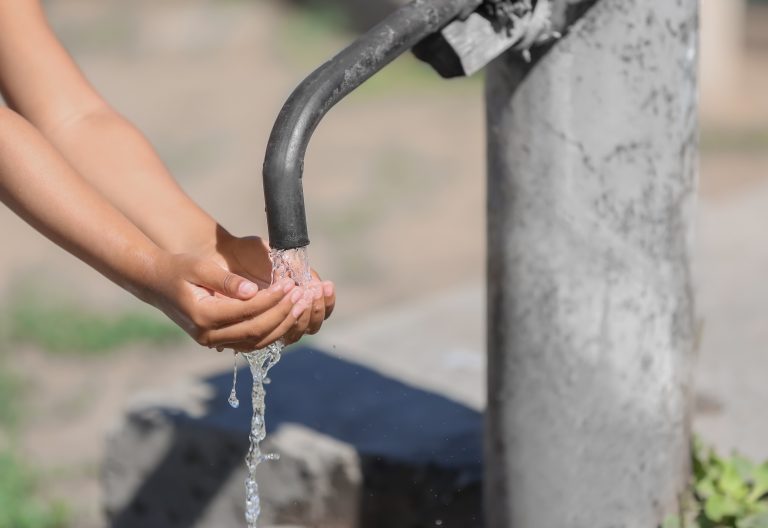Global Cholera Landscape
Cholera, an acute diarrhoeal illness caused by ingestion of contaminated food or water, remains a serious global health concern, especially during humanitarian crises involving floods or infrastructure collapse. The disease is caused primarily by toxigenic Vibrio cholerae serogroups O1 and O139, with O1—comprising the El Tor biotype and its hybrid variants—being the predominant cause of current outbreaks. These hybrid El Tor strains, possessing traits from both classical and El Tor biotypes, may have increased virulence.
In 2024, the World Health Organization (WHO) reported 804,721 cholera cases and 5,805 deaths across 33 countries spanning five WHO regions, marking a disturbing increase over previous years . The Eastern Mediterranean and African regions bore the brunt of the burden. With growing spread, rising case numbers, and logistical constraints in global response systems, WHO has maintained a Grade 3 emergency designation since January 2023—its highest level of alert.
By the end of Q1 2025, 25 countries had reported cholera or acute watery diarrhoea (AWD), with 116,574 cases and 1,514 deaths—most notably in Africa, followed by the Eastern Mediterranean and South-East Asia. No outbreaks were observed in the Western Pacific region.
International Transmission and Travel-Related Cases
The globalized movement of people and goods has introduced new vectors for cross-border cholera transmission. In February 2025, Germany reported three cases linked to consumption of holy water brought from Bermel Giorgis, Ethiopia. Toxigenic O1 V. cholerae was found in both patients and the water itself.
In March 2025, the United Kingdom reported four cholera cases, three involving recent travel to Ethiopia and one domestic case caused by consuming imported holy water. These cases underscore how contaminated items can facilitate international disease spread, highlighting the urgent need for global surveillance and health communication.
Situation in Southern Africa
Eighteen African countries are experiencing active cholera transmission as of April 2025, including Angola, DRC, Ghana, Kenya, and more. The Southern African region is especially hard hit, with major outbreaks ongoing in Mozambique, Malawi, Zambia, and Zimbabwe.
Global and Regional Response
WHO and its partners—including the Global Outbreak Alert and Response Network (GOARN) and Standby Partners (SBP)—have deployed multidisciplinary teams to 10–11 countries. These deployments focus on case management, WASH (Water, Sanitation and Hygiene), epidemiology, logistics, and community engagement. Countries receiving technical support include Malawi, Mozambique, Zambia, Ethiopia, South Sudan, and Haiti.
Efforts have included emergency vaccine campaigns, infrastructure repair, and misinformation countermeasures. Zimbabwe, for instance, has launched Oral Cholera Vaccine (OCV) campaigns in hotspot districts. Mozambique has focused on water trucking, chlorine distribution, and public health communication.
Threat to South Africa
Although South Africa has not experienced a cholera outbreak during the current reporting period, the ongoing regional crisis places the country at high risk. Cross-border movement from affected neighboring countries like Zimbabwe, Mozambique, and Zambia elevates this threat. Additionally, flooding—a frequent issue in several South African provinces—could undermine sanitation systems and facilitate cholera transmission. Provinces at greatest risk include Limpopo, Mpumalanga, KwaZulu-Natal, and North West.
The resurgence of cholera presents a formidable global health threat. In Southern Africa, climate shocks, misinformation, infrastructure damage, and vaccine shortages have compounded the problem. Despite international assistance, countries like Mozambique, Zambia, Malawi, and Zimbabwe continue to struggle with controlling transmission. The situation underscores the urgent need for robust regional coordination, enhanced WASH systems, public trust-building, and equitable vaccine access to avoid further cross-border spread and mitigate future outbreaks.





